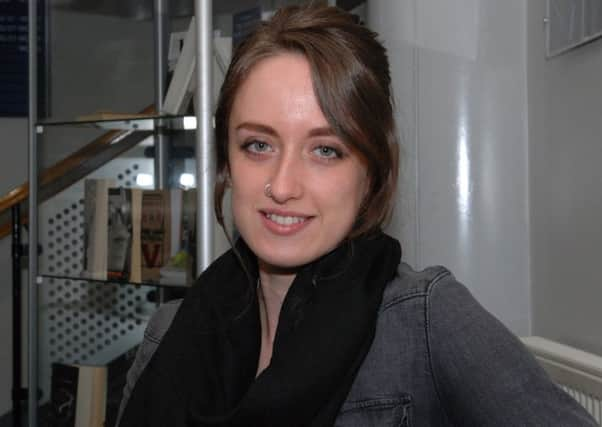Compensation culture? We've had it since Yorkshire believed in witches, says new broom


The county in the 17th century was a simmering cauldron of superstition, with accused women clamouring to claim recompense for their damaged reputations, the study suggests.
Although the witchhunts of the time were centred on Pendle across the Pennines, Yorkshire folk were more inclined to believe in the existence of covens, said history researcher Amelia Sceats.
Advertisement
Hide AdAdvertisement
Hide AdThe fever was fuelled by a Knaresborough landowner called Edward Fairfax, who believed that a group of six women had bewitched his daughters, and had them tried for witchcraft at York Assizes.
The trial was one of 2,000 across Britain between 1560 and 1706. Many so-called witches were acquitted but 300 were executed.
In Yorkshire, it was common for landlords to use witchcraft as an excuse to evict tenants, leading to “a substantial number” of compensation claims, said Ms Sceats, a 21 year-old masters student at Huddersfield University.
Following the ascent of James I, a keen believer in witches, the influential Yorkshire gentry was able to use the courts to its advantage by accusing those of a lower status, she added.
Advertisement
Hide AdAdvertisement
Hide Ad“The elite were more concerned with the idea that there was a very real evil on earth, but the commons concerned themselves with a witch’s practical deeds, such as the cursing of livestock and crops,” she said.